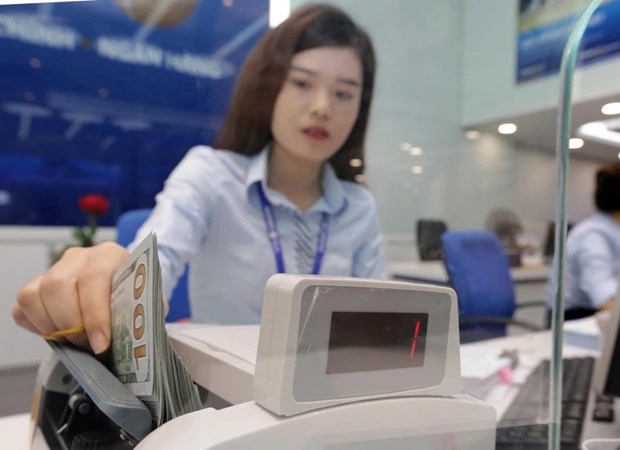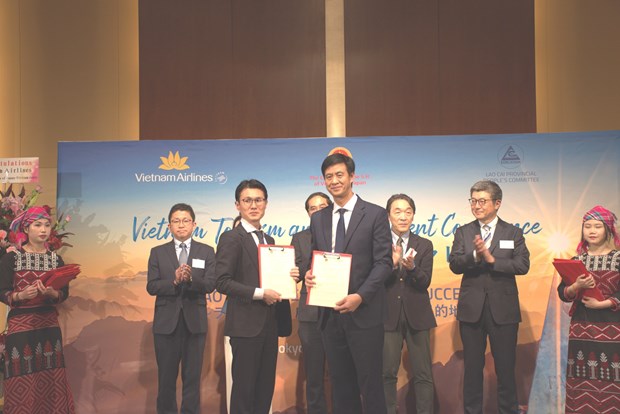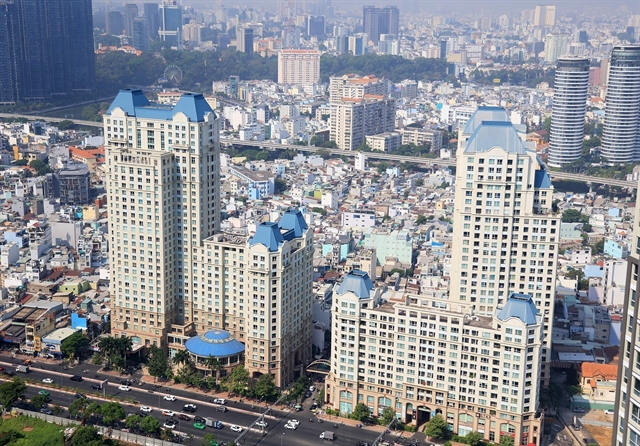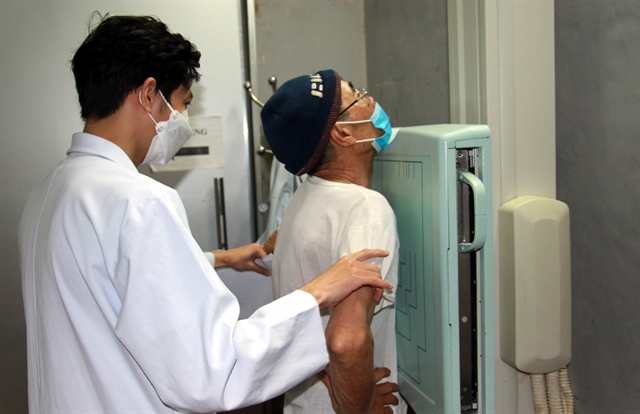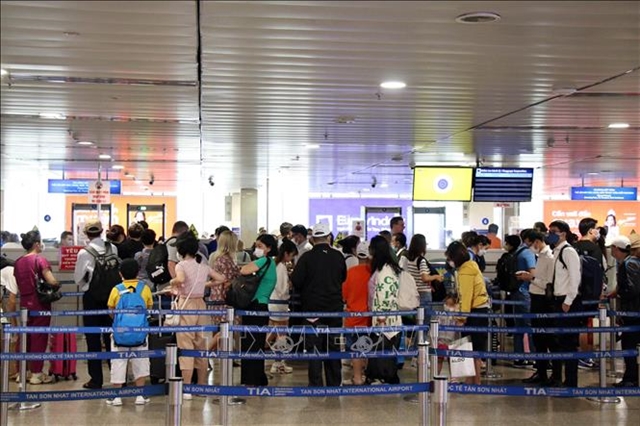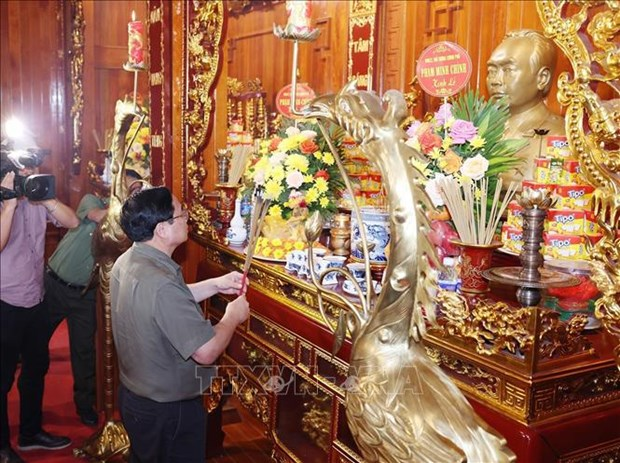 Life & Style
Life & Style

Kinh Môn is a famed region in the northern province of Hải Dương, which hosts various beautiful landscapes including a special national complex of An Phụ Relics Site, Kính Chủ Grotto and Nhẫm Dương Excavation Site.
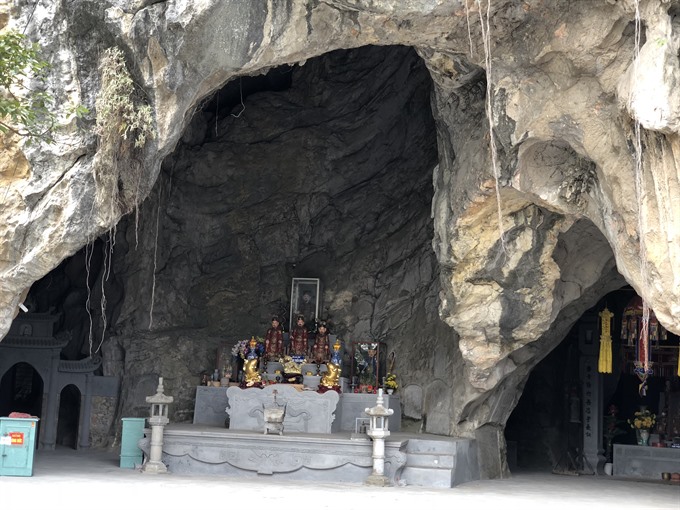 |
| Ancient: Early people set up a pagoda inside Kính Chủ grotto to worship Buddha. — VNS Photos Trần Mai Hưởng |
Kinh Môn is a famed region in the northern province of Hải Dương, which hosts various beautiful landscapes including a special national complex of An Phụ Relics Site, Kính Chủ Grotto and Nhẫm Dương Excavation Site.
An Phụ Mountain peaks at 246m above sea level, with An Phụ Temple located on the peak together with Tường Vân Pagoda and the statue of national hero Trần Hưng Đạo (1228-1300).
An Phụ Temple, also known as Cao Temple, is dedicated to An Sinh Vương Trần Liễu (1211-1251), older brother of King Trần Thái Tông (1218-1277), the first king of the Trần reign (1225-1400). An Sinh Vương Trần Liễu was also the father of Trần Hưng Đạo.
Trần Liễu was given the area by the king to establish a village. On his death day, the first day of the fourth lunar month, has become the annual festival day of Cao Temple.
Next to Cao Temple lies ancient Tường Vân Pagoda, also called as Cao Pagoda, under the shadow of big trees. The pagoda honours Buddhist King Trần Nhân Tông. The pagoda hosts an ancient well, in half circle form.
From the peak, tourists can have an aerial view over the whole region with mountains, rivers, villages and beautiful fields.
Trần Hưng Đạo’s statue is 50m below Cao Temple. The statue stands 13m tall and was built in 1993, with General Võ Nguyên Giáp placing the first foundation stone. Beside the stature runs a clay baked relief of 45m long describing the fight against Yuan-Mongol invaders by Đại Việt people directed by General Trần Hưng Đạo.
Near An Phụ Temple is Kính Chủ Grotto on Dương Nham karst mountain range. The grotto has three big caves running deep inside the mountain with spectacular stalactites and stalagmites. Early people set up a pagoda inside the grotto to worship Buddha.
Phạm Sư Mạnh (1300-1377), a mandarin and famed scholar in the Trần reign used to come to the grotto to read books. There are 40 poems by various culturists over time carved at the grotto.
Nearby is Nhẫm Dương archaeological excavation site with various traces of early human beings in 26 caves. Experts unearthed fossilised bones of early humans and stone working tools dating back 35,000 years. — VNS
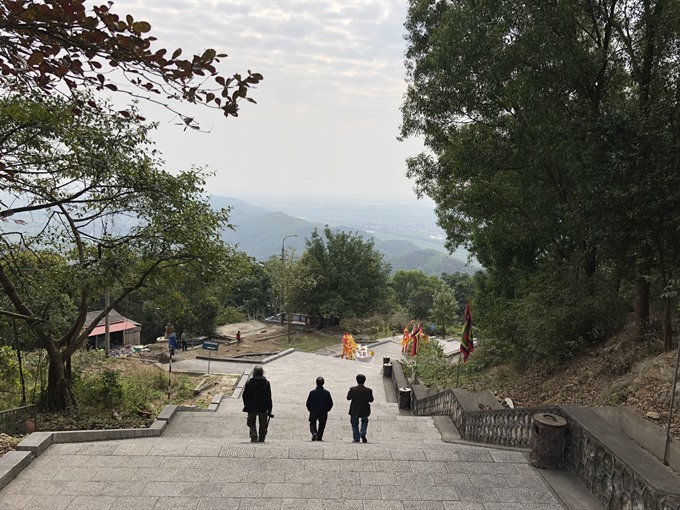 |
| Stunning: People can have a view over the region on An Phụ peak. |
 |
| Honour: Temple dedicated to An Sinh Vương Trần Liễu, father of Trần Hưng Đạo. |
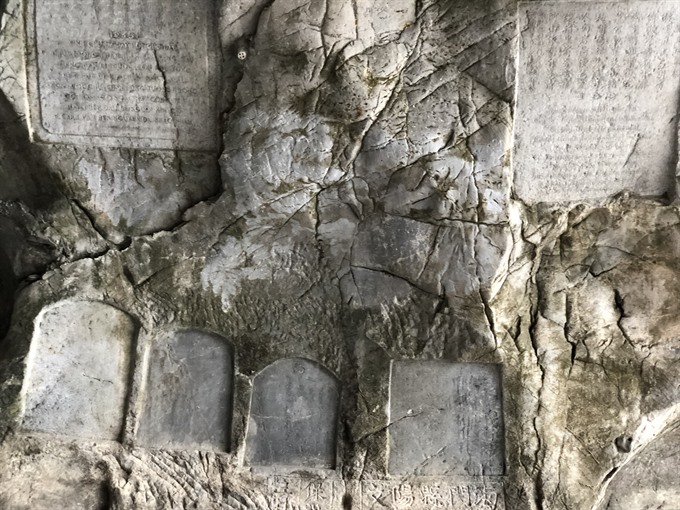 |
| Learn something: There are 40 poems carved at Kính Chủ grotto. |
 |
| Not just a road: Statue of national hero Trần Hưng Đạo. |
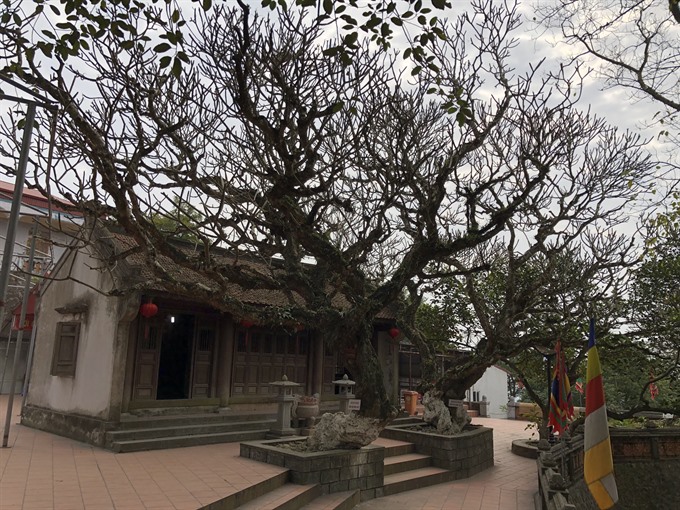 |
| Leafy: Tường Vân Pagoda lies the under shadow of big trees. |



